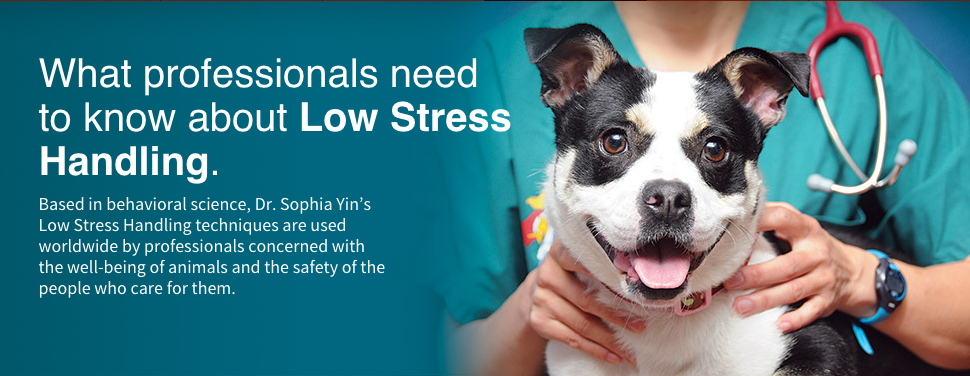Your Trainer
Timothy Thai
Rehabilitative Trainer / Owner
Training Journey
Timothy Thai had the privilege of working closely with renowned Animal Behaviorist Dr.Sophia Yin (DVM, MS) at U.C. Davis. What began as a three-month internship quickly grew into a full-time position after Timothy’s dedication to rehabilitating dogs became clear.
“Working over 40 hours a week alongside Dr. Yin was one of the most valuable educational experiences I could have asked for,” Timothy recalls. Together, they handled the most challenging cases—dogs struggling with severe aggression and deep anxiety—while observing firsthand how a Veterinary Behaviorist applies science to transform lives.
Today, Timothy carries Dr. Sophia Yin’s legacy forward. His passion for helping dogs and their families reflects the same commitment Dr. Yin showed through her groundbreaking research and generosity in sharing knowledge with the dog training community. Anyone who works with Timothy quickly sees that same dedication to making a difference.
Outside of his main work, Timothy has spent significant time as a Behavior Therapist, helping children with Autism, Asperger’s, and ADHD reach their full potential.
Your Trainer is Low Stress Handling Certified:
Certification requires each individual to demonstrate mastery of a wide variety of Low Stress Handling skills and articulate understanding of the methods, such as:
Recognize the overt and subtle signs of fear and anxiety in dogs and cats.
Identify the common errors people make that may lead a dog or cat to be more fearful or aggressive.
Learn how to approach fearful and aggressive dogs and cats in a non-threatening and safe manner so that the pet feels calm and secure.
Recognize how unruly behavior and overarousal can lead to aggression, and learn the general approach to addressing these issues.
Learn the four methods of behavior modification: flooding, desensitization, classical counterconditioning, and operant counterconditioning
Training is a technical skill. See how subtle differences in timing, rate of reinforcement, choice of motivator, and the ability to define appropriate criteria can make vast differences in your efficiency of training.


